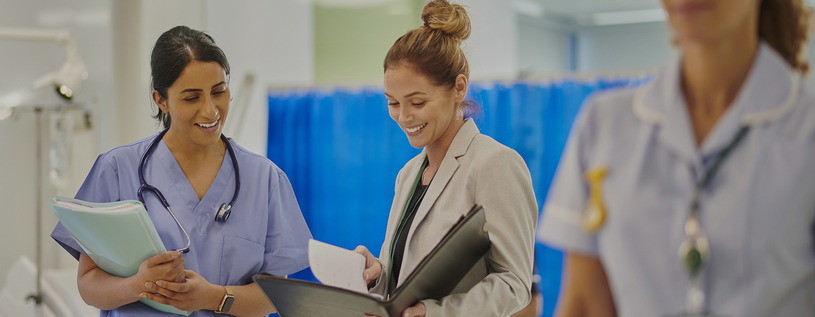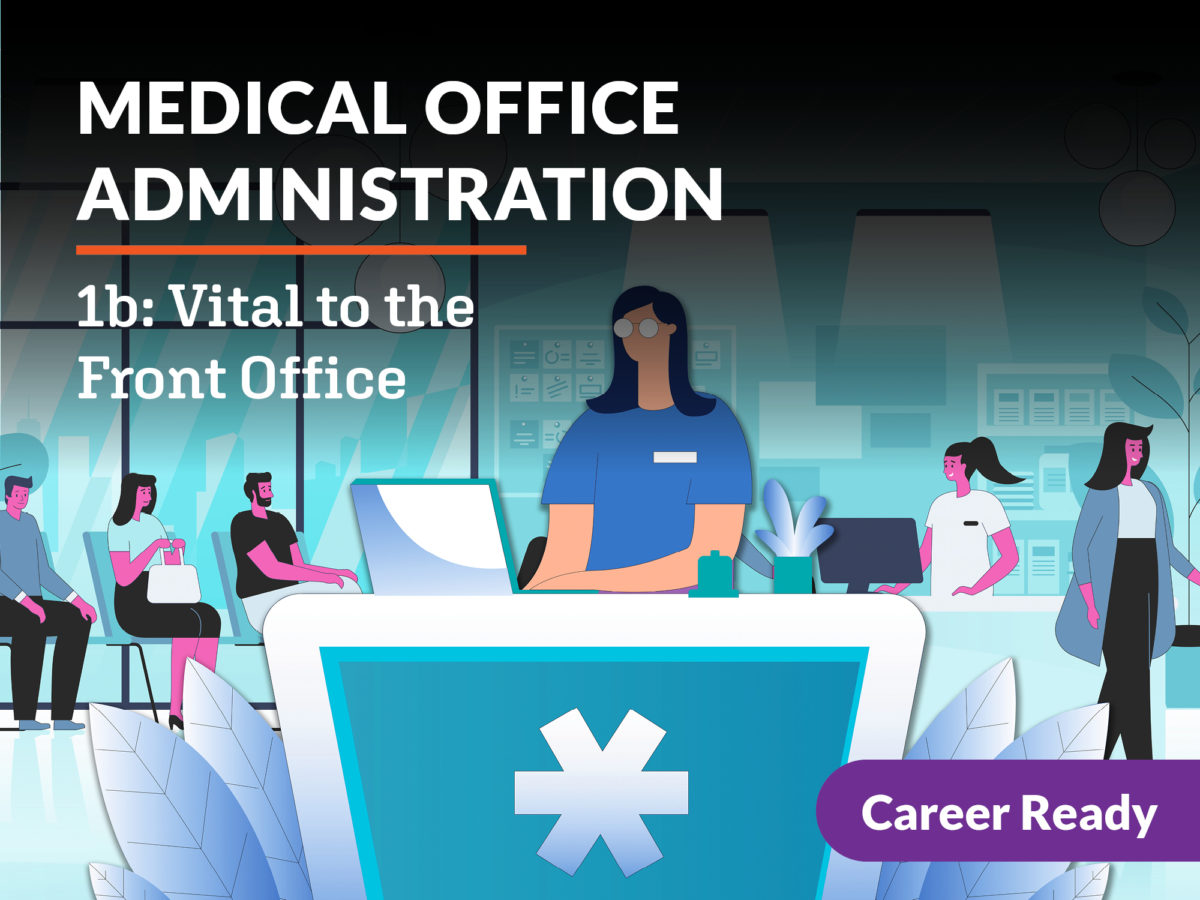How to Boost Performance in Medical Administration with Modern Devices
Ideal Practices in Medical Management for Improving Efficiency and Reducing Prices
In the ever-evolving landscape of healthcare, the pursuit of finest techniques in clinical administration is vital for enhancing effectiveness and curbing expenses. By integrating innovative technologies such as electronic health and wellness documents and telemedicine, healthcare providers can streamline procedures and improve client care.
Leveraging Advanced Modern Technology
In today's rapidly developing health care landscape, leveraging innovative modern technology is no more optional but important for reliable clinical management. The assimilation of electronic solutions into healthcare systems has changed the way facilities operate, improving processes and improving person care. Electronic Health And Wellness Records (EHRs) are crucial, giving comprehensive patient information that can be accessed instantly by authorized personnel, therefore decreasing redundancy and reducing errors. By centralizing patient information, EHRs remove the demand for cumbersome paperwork and facilitate smooth interaction among doctor.
Telemedicine is another technological innovation that has revolutionized individual interaction. It supplies comfort for both patients and medical care professionals by making it possible for remote examinations, which can decrease the demand for in-person check outs and optimize visit organizing. Furthermore, telehealth systems can prolong medical care access to country or underserved areas, connecting gaps in care distribution.
Additionally, making use of Artificial Knowledge (AI) and artificial intelligence is becoming increasingly widespread in predictive analytics, enabling very early detection of prospective wellness issues and more enlightened decision-making. These technologies, when integrated properly, can improve diagnostic precision and individualize patient treatment plans, inevitably leading to enhanced health care end results and functional efficiency.
Optimizing Resource Appropriation
Efficient source appropriation is essential for optimizing the performance of clinical management. By strategically handling sources such as employees, tools, and funds, healthcare facilities can considerably enhance their operational performance, enhance client results, and lower unnecessary expenditures. The primary step in optimizing source allocation involves carrying out a detailed assessment of present possessions and identifying areas where resources might be underutilized or overextended. This evaluation ought to be data-driven, utilizing metrics and analytics to inform decision-making procedures.
Focusing on source allotment based on individual needs and service demands is essential. Carrying out adaptable staffing models can likewise maximize labor resources by changing workers allowance in feedback to changing person volumes.
Funds need to be meticulously checked and allocated with tactical insight to sustain both temporary functional needs and long-term institutional goals. This consists of investing in training programs that boost team competencies and adopting energy-efficient practices that decrease functional expenses (medical administration). Eventually, an enhanced source appropriation approach cultivates a lasting healthcare environment that is receptive, reliable, and monetarily sensible
Streamlining Operations Procedures
When medical care centers goal to boost functional efficiency, enhancing process processes becomes a critical focus. Efficient operations decrease redundancy, remove unneeded actions, and improve coordination among medical care specialists. This technique not just increases solution distribution however likewise enhances the quality of person treatment.

Next, modern technology assimilation plays a significant role in streamlining workflows. Applying electronic health and wellness documents (EHRs) and electronic doctor order entrance (CPOE) systems decreases documentation, lessens human error, and makes sure info comes to all appropriate workers. Furthermore, leveraging telemedicine systems can improve client assessments and follow-ups, reducing the strain on physical infrastructure.

Inevitably, streamlined workflows result in set you back reductions and boosted client satisfaction, fostering a more sustainable healthcare setting.
Enhancing Data Administration
Building upon structured operations, optimizing data monitoring comes to be a vital component in progressing medical care administration. Reliable data administration systems are important for keeping accurate person documents, enhancing decision-making, and making sure conformity with regulatory requirements. By carrying out durable data monitoring solutions, health care centers can improve the quality of patient treatment while concurrently minimizing operational expenses.
One secret aspect of boosting information administration is the assimilation of innovative digital wellness document (EHR) systems. These systems assist in the seamless exchange of person details throughout different divisions, minimizing replication of tests and minimizing mistakes. A properly designed EHR system supports information analytics, enabling healthcare providers to determine fads and make informed decisions relating to person care.
Furthermore, safeguarding individual information is critical. Taking on comprehensive cybersecurity measures, consisting of encryption and regular audits, makes certain the honesty and privacy of sensitive info. This not only shields individuals but likewise preserves the establishment's reputation.
Purchasing team training is one more critical element. Enlightening medical care specialists on information monitoring practices boosts their capacity to efficiently use innovation, bring about boosted individual end results. In final thought, improving data administration through sophisticated modern technology and extensive training is necessary for attaining effectiveness and expense reduction in clinical management.
Fostering Collaborative Interaction
An important component in progressing clinical administration is fostering joint interaction amongst healthcare specialists. Reliable communication is vital for making certain smooth client treatment, optimizing treatment outcomes, and minimizing errors. By motivating open discussion and sychronisation across multidisciplinary teams, healthcare organizations can boost their functional efficiency and lower unneeded costs.
Central to this approach is the integration of interaction technologies such as electronic health documents (EHRs) and secure messaging systems, which promote the quick exchange of vital individual information. These devices enable healthcare service providers to gain access to and share information in actual time, making certain that all team members are notified and lined up in their decision-making procedures. Furthermore, normal team meetings and interdisciplinary navigate to these guys rounds can additionally promote a culture of cooperation and liability.
Training programs concentrated on improving communication skills are also important. These programs can aid personnel establish the ability to convey details clearly and listen actively, therefore minimizing misconceptions and cultivating a helpful workplace. In addition, taking on standardized communication methods, such as SBAR (Scenario, History, Assessment, Referral), can streamline the exchange of details, ensuring that essential details are conveyed succinctly and successfully. Ultimately, fostering collaborative interaction results in boosted health care shipment and cost savings (medical administration).

Final Thought
Including sophisticated technology, such as digital health and wellness records and telemedicine, along with optimized resource allowance and streamlined process procedures, is vital for boosting performance in clinical management. Efficient information management and promoting joint communication amongst healthcare groups are crucial for decreasing redundancies and improving treatment high quality. By prioritizing preventive treatment and engaging in high quality enhancement efforts, medical care companies can achieve significant cost financial savings and boosted client results, therefore making sure lasting health care distribution in an increasingly intricate atmosphere.